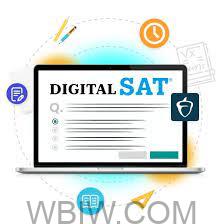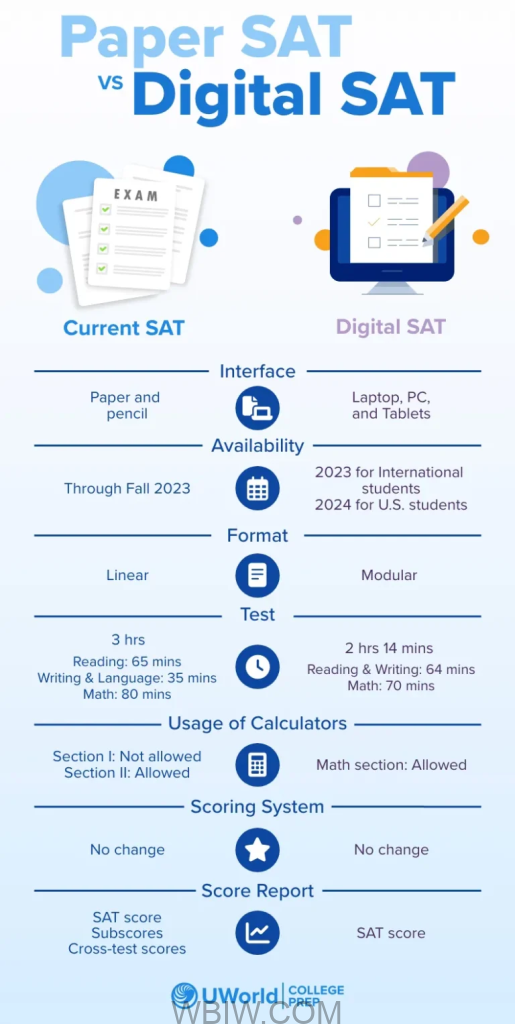
INDIANA – The SAT – a standardized test widely used for college admissions – has been used for almost 100 years. However, as of 2024, big changes are happening with the test switching to a fully digital format – and some students are more apprehensive about the change than others.
Data revealed searches for ‘digital PSAT practice test’ are up a whopping 2,500% in the past 90 days, with breakout searches for many other related queries such as ‘digital sat format’ and ‘PSAT digital format’ indicating this topic is definitely on students’ minds.

So, to help ease anxiety about the upcoming changes, Nootroedge has compiled a list of the top five things students need to know about the new test format.
- As of spring 2024, the test will be fully digital
Starting in spring 2024, all students will take the SAT digitally. Once the change has been made, it will no longer be possible to take a pencil and paper version of the exam (except for students who test with accommodations that require a paper and pencil test). The digital SAT will cost you $60, plus a $43 regional fee. This fee is the same as the standard paper-and-pencil SAT for international students.
- The PSATs are already being tested digitally
The PSAT/NMSQT and PSAT 8/9 have just been conducted digitally so that the students who will be taking the SAT as juniors in the spring of 2024 have an opportunity to familiarize themselves with the digital testing experience before taking the digital SAT.
- The test will now be shorter
The digital SAT will be shorter than the current paper and pencil test—around two hours instead of three, which will make it easier for students who struggle to concentrate over an extended period of time.
- The digital SAT will be an adaptive test
The new test will use computerized adaptive testing (CAT) technology to adapt the questions in real time. The test will assess students’ abilities and provide easier or harder questions based on their performance.
- The test will now have two sections instead of three
The test will now have just two sections – section 1: Reading and Writing and section 2: Math, as opposed to the old test, which has three separate sections. Moreover, a calculator will now be allowed for the entire maths section of the paper.
Some excellent benefits from the new digital test format include a faster delivery of scores, with the hopes it will be days instead of weeks for results – perfect for the students who find waiting for results extremely stressful or who need to know their next steps.
Additionally, the test will have an adaptive testing style that provides tailored questions to meet student’s needs. Furthermore, the digital format provides increased test security, as currently, if one test form is compromised, it can mean canceling scores for whole groups of students.
The College Board has recently released a preview of the Bluebook application to help students get familiar with the digital SAT testing interface. The Bluebook app comes with a few full-length practice tests that you can practice. CollegeBoard also provided a downloadable pdf of the digital SAT sample questions.
You can also take SAT practice tests in the traditional format to sharpen your skills and enhance your subject knowledge. UWorld’s Online Practice Tests for the SAT come with in-depth answer explanations and self-assessment tools to help you develop a baseline for your SAT preparation and learn the content of the test. Of course, UWorld authors are hard at work creating questions that match the format of the new digital SAT.
Despite the many great benefits of the new test, there is no doubt that students will be apprehensive about the changes.



